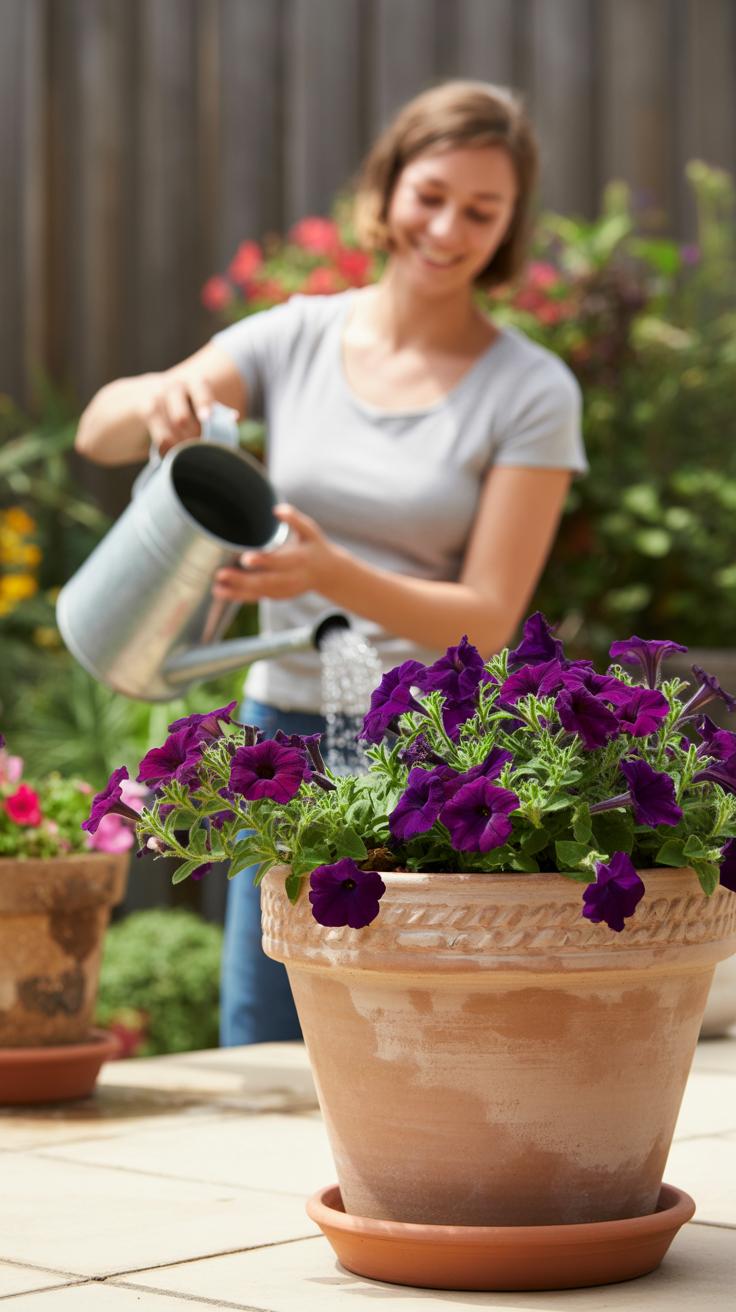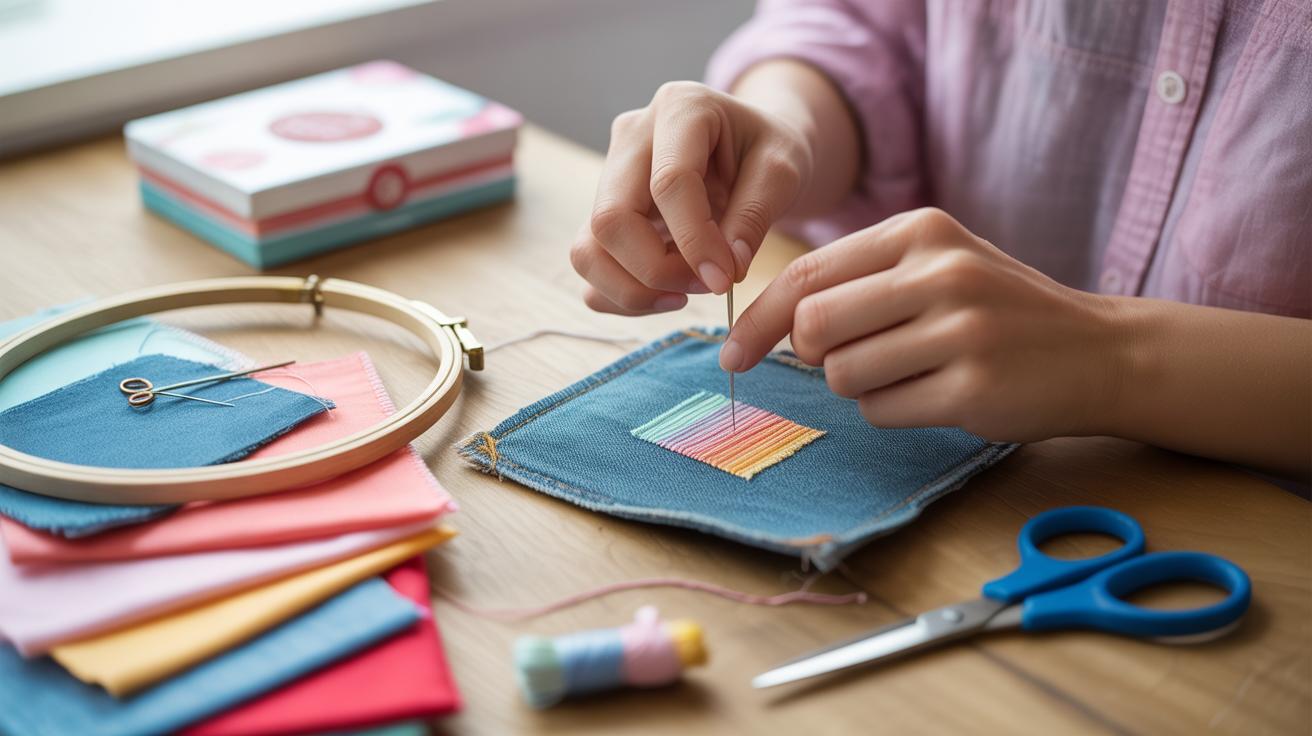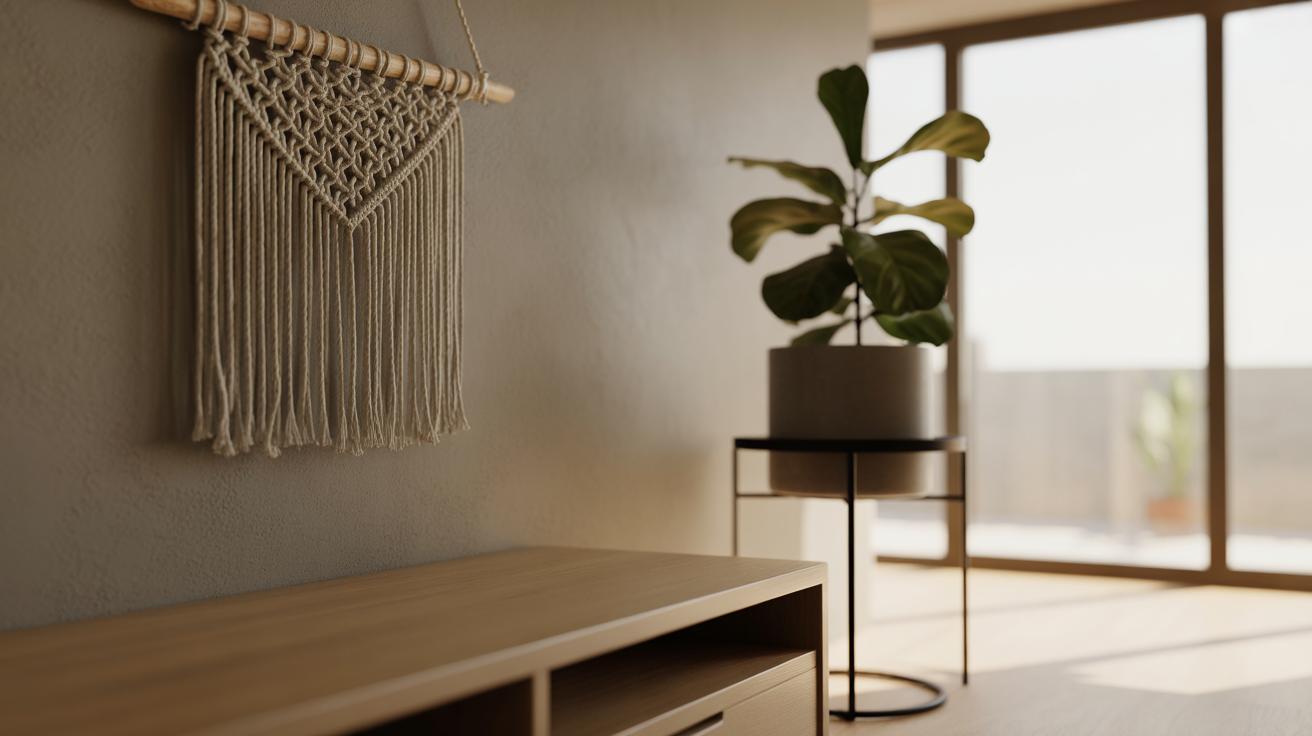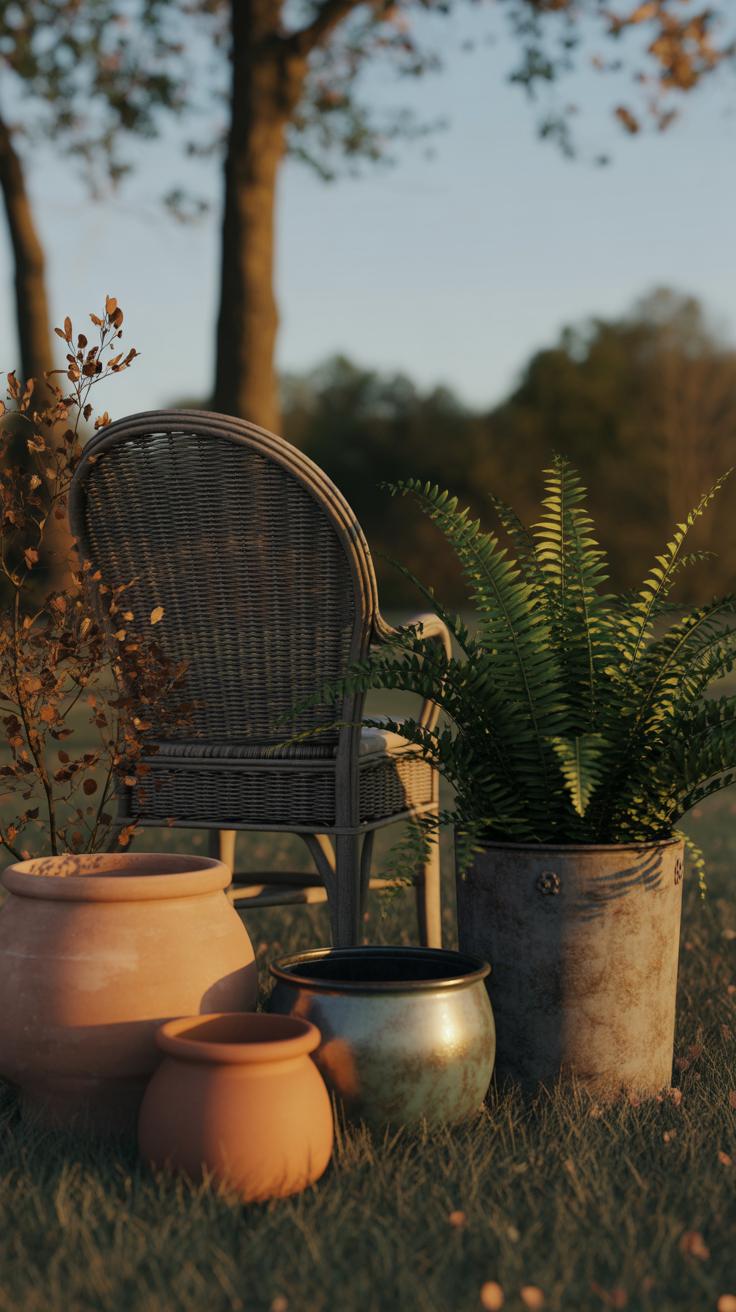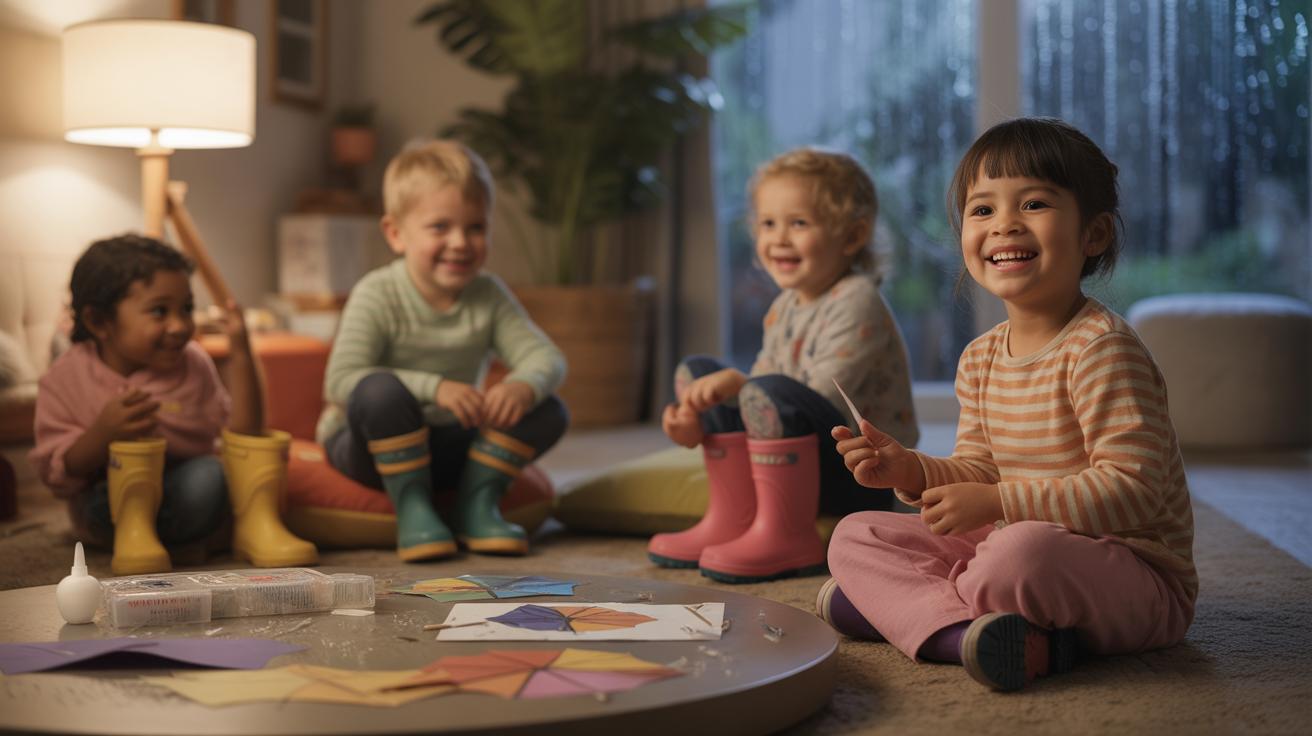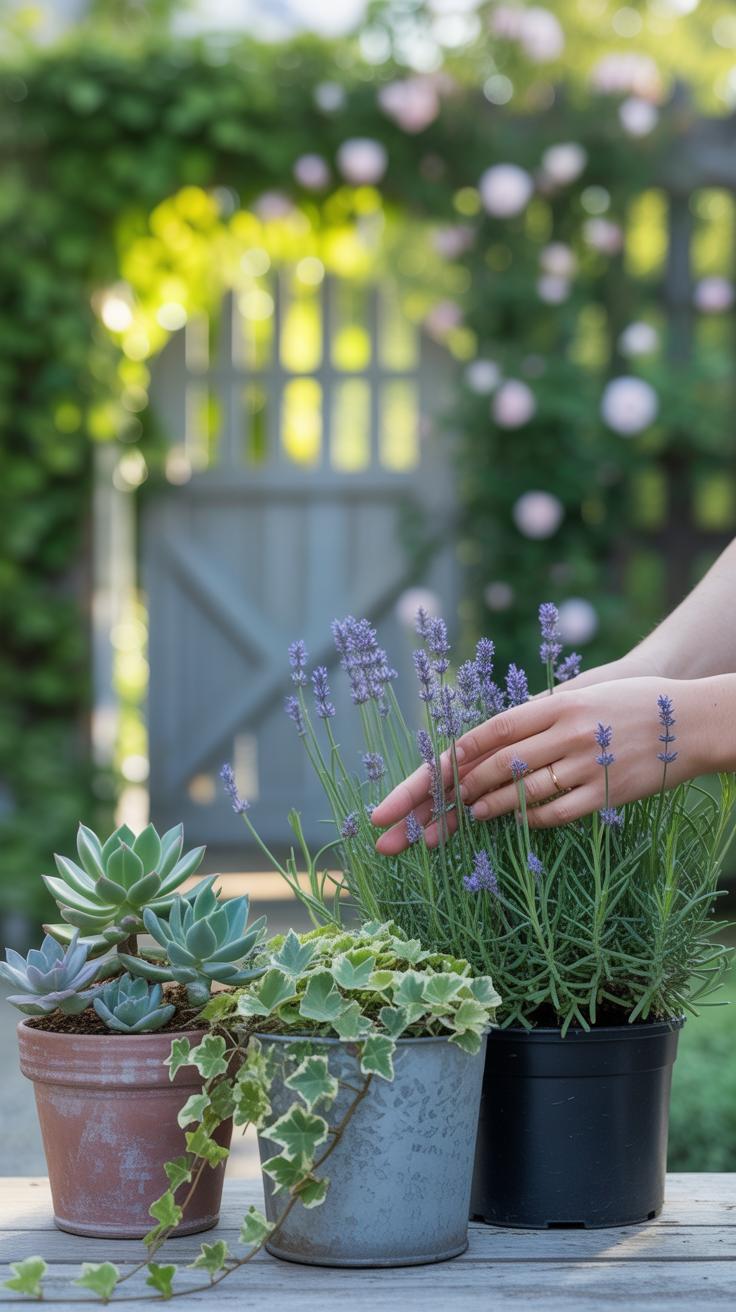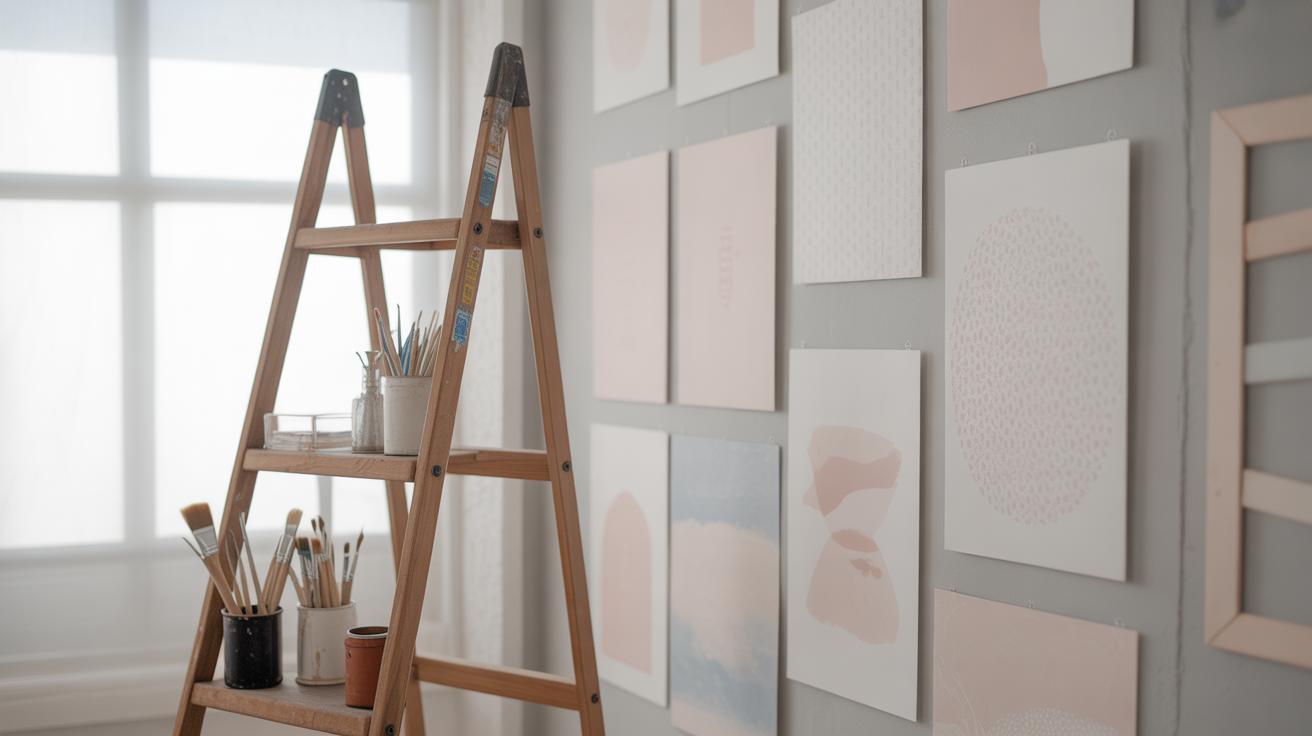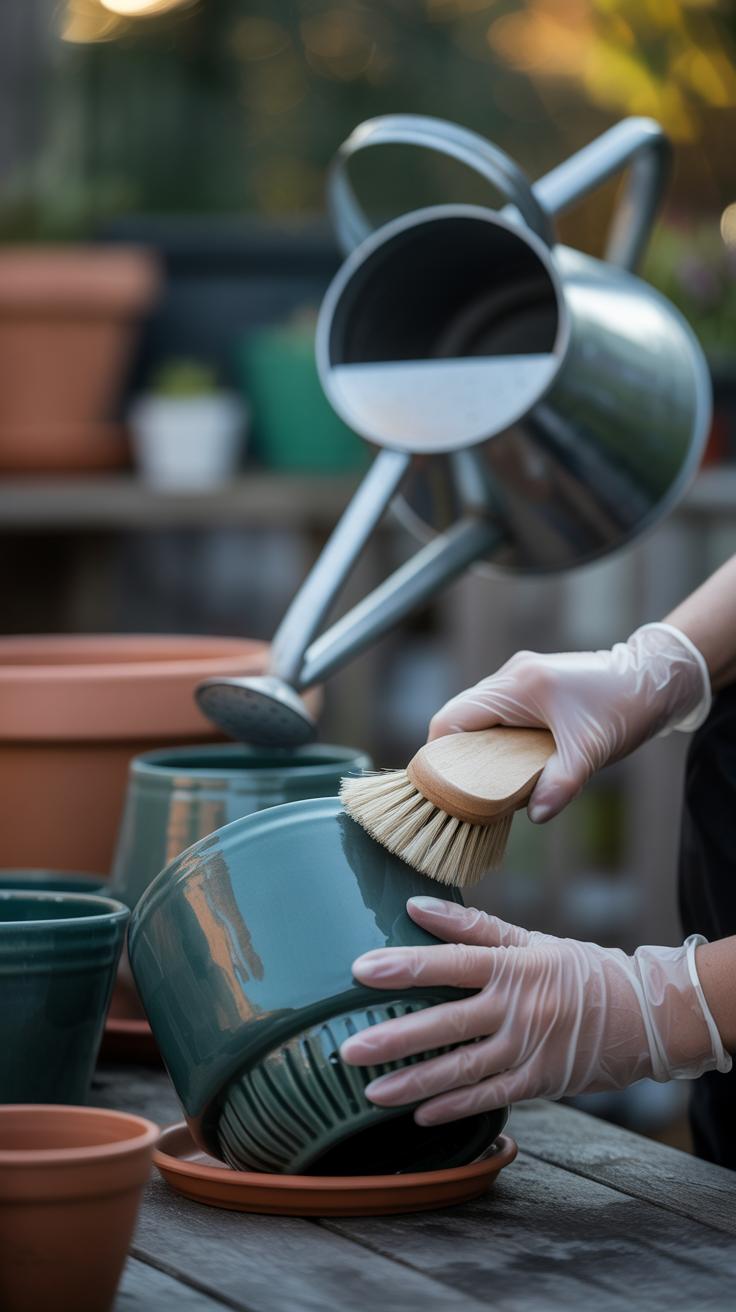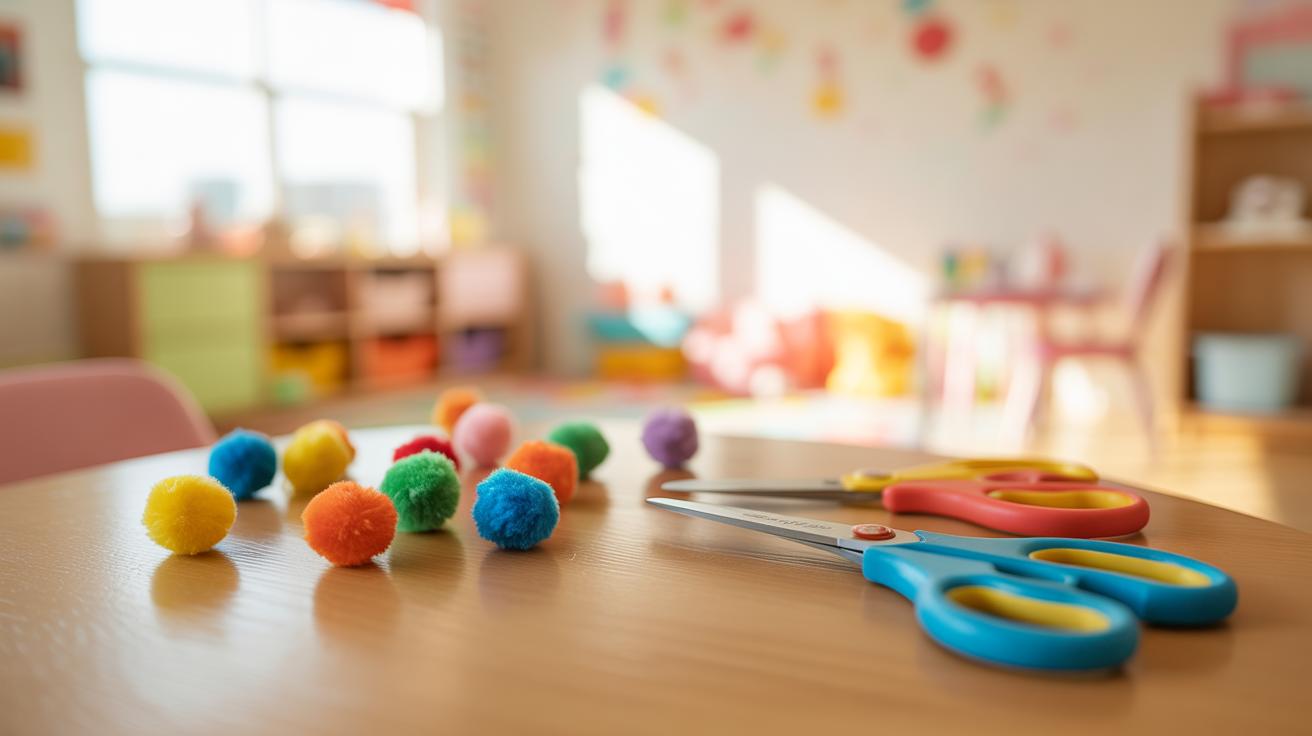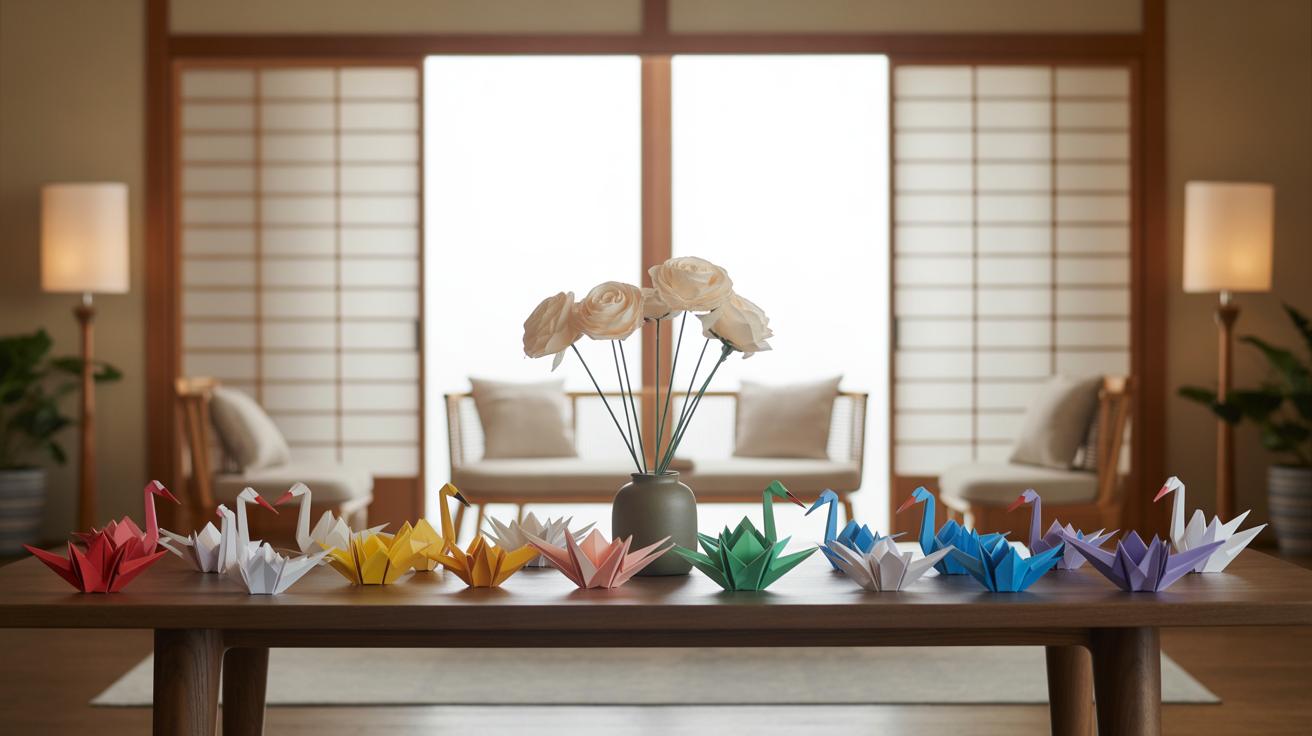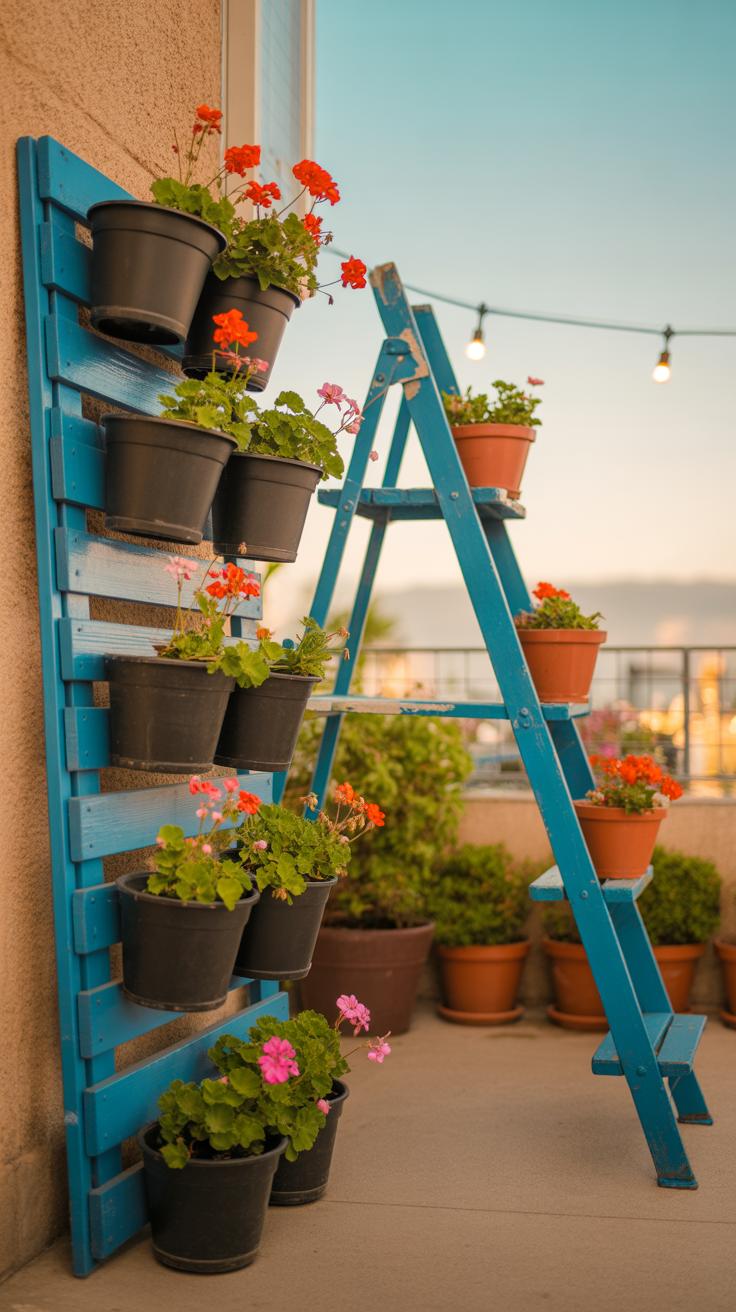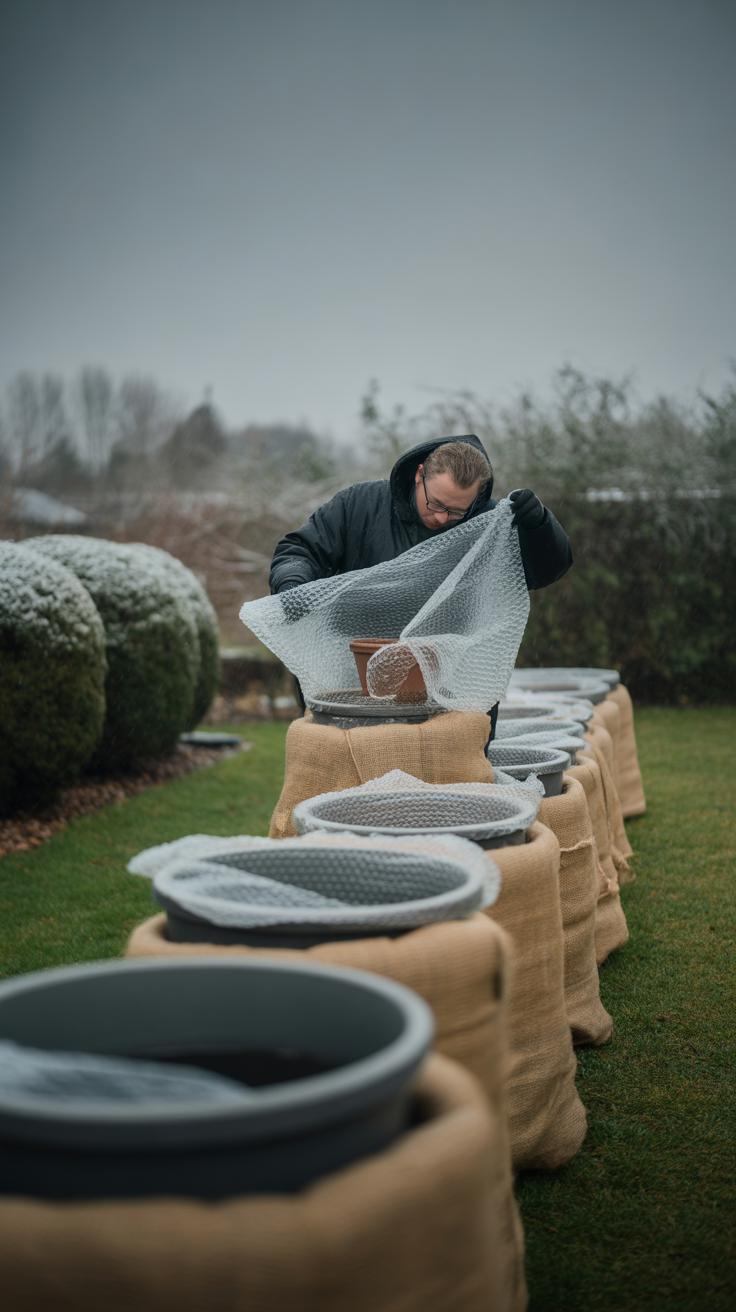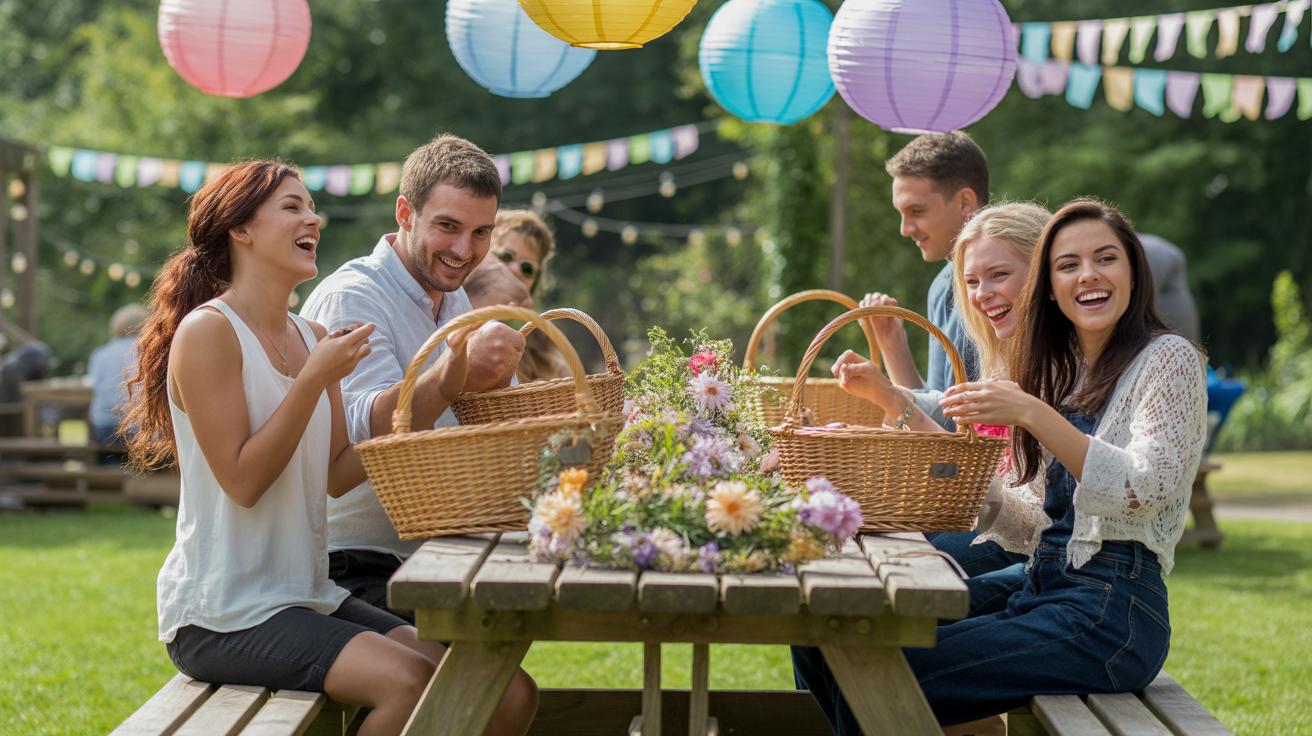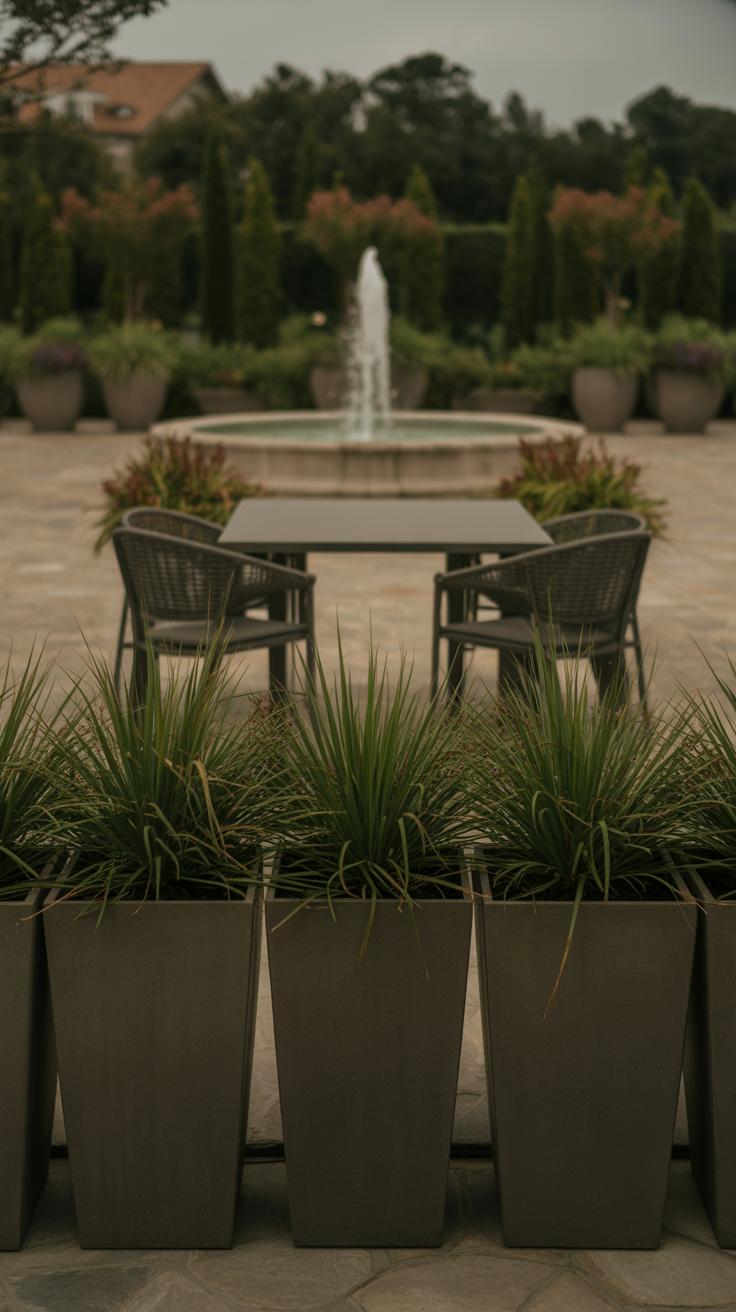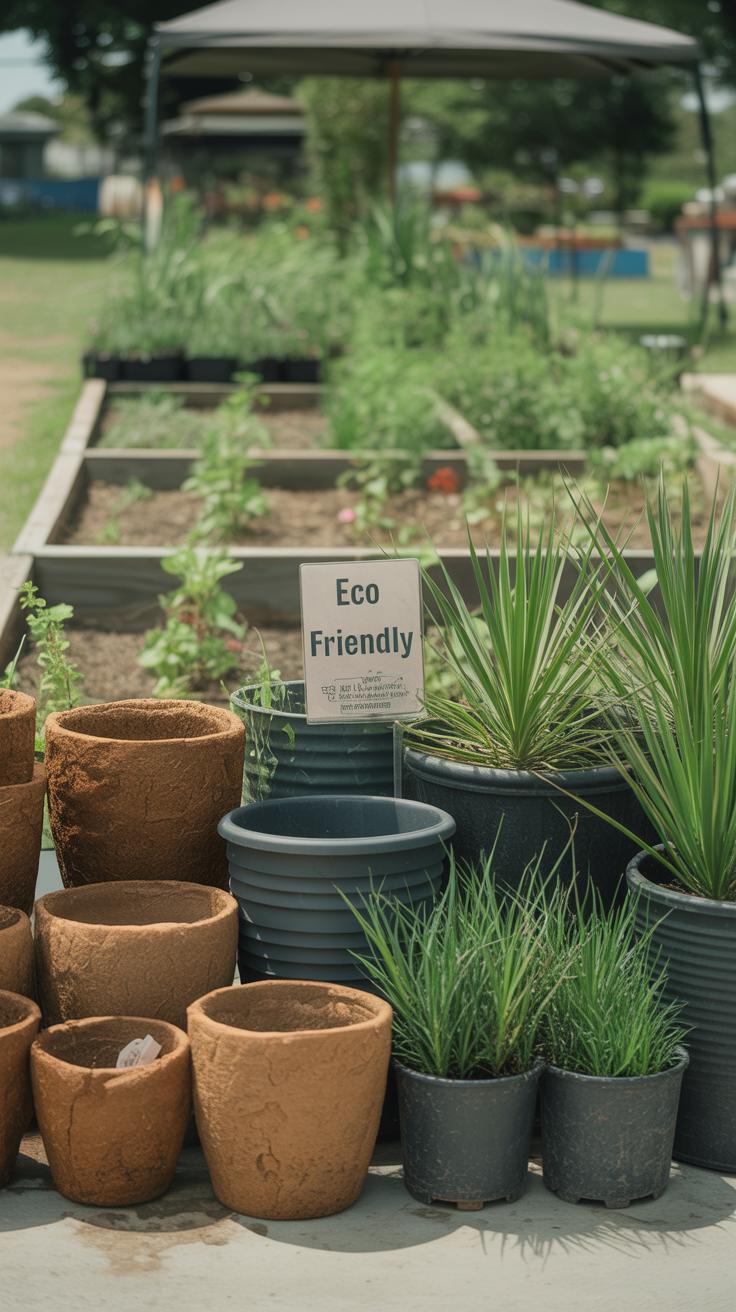
Stylish Flower Pots Outdoor To Enhance Patio
Introduction
Your patio can be more inviting and beautiful with the right flower pots outdoors. This article explores how stylish flower pots can change the look of your outdoor space. You will learn about different types of flower pots and how to choose the best ones for your patio.
We will also look at creative ideas to arrange and use flower pots outside. Whether you have a small balcony or a large garden patio, this guide will give you practical tips to make your outdoor area lively and charming. Let’s start enhancing your patio with flower pots.
Benefits of Using Flower Pots Outdoors
Flower pots outside bring a kind of flexibility that ground gardening doesn’t. You can rearrange them anytime, trying out new looks without digging or redesigning your entire patio. If you want to refresh your space with a splash of color or swap plants as the seasons change, pots make that easier. Plus, maintenance tends to be simpler—less weeding, more control over soil quality, and fewer pests creeping up.
What’s nice is that you don’t need a big garden to enjoy plants. Flower pots let you bring life to small patios, balconies, or even paved courtyards. You can mix and match different pots to add variety without needing soil beneath your feet. There’s something satisfying about having a little green corner, even if it’s all in moveable containers.
Easy to Move and Change Plant Arrangements
One of the biggest perks of outdoor flower pots is how easily you can shift them around. Say your fern needs more shade, or your sun-loving petunia craves direct rays—you just pick up the pot and move it. When storms approach or temperatures drop unexpectedly, you can act fast and protect your plants. Sure, there’s a bit of effort involved if the pots are heavy, but it beats uprooting plants every time.
This mobility means you can experiment with different layouts throughout the year. Rotate pots to catch the best light or create a perimeter of blooms that follows the sun’s path across your patio. It’s a freedom ground planting can’t offer so readily, and that’s a small luxury worth considering.
Add Color and Variety Without a Garden
Not having a yard shouldn’t stop you from enjoying flowers and greenery. Outdoor flower pots make it possible to have your own mini-garden anywhere. Even a tiny balcony can host a vibrant collection of pots filled with herbs, blooms, or succulents. This expands your options for decorating and personalizing your space.
You can try plants that wouldn’t naturally grow on your soil or in your climate by creating just the right conditions inside suitable pots. It’s like making an adaptable, portable garden, letting you enjoy a bit of nature without the need for actual garden beds. That’s especially handy if you’re renting or your outdoor space is mostly concrete.
Types of Flower Pots for Outdoor Use
Clay and Terracotta Pots for Breathability
Clay and terracotta pots have a distinctive earthy look that many people find appealing. They offer natural breathability because their porous walls allow air and moisture to pass through. This means the roots of your plants get better airflow, which can help prevent overwatering problems and root rot. If you’re growing herbs, succulents, or Mediterranean plants, clay pots might be just what you need.
On the downside, these pots can dry out soil faster, so you might have to water more often, especially in hot weather. They’re also heavier and prone to cracking in freezing temperatures. Still, the rustic charm and practical benefits often outweigh these minor inconveniences for many gardeners. The look of terra cotta, with its warm, muted tones, can really complement a natural patio setting.
Plastic and Resin Pots for Lightweight and Variety
Plastic and resin pots are popular for outdoor use because they’re light and easy to move around — which is handy if you like switching up your patio layout. They come in a huge range of colors and styles, so you can find something that fits almost any look you want. Another useful trait is their ability to retain moisture better than clay, making them suitable for plants that need consistent dampness.
On the flip side, plastic doesn’t breathe, so you need to be careful about drainage and overwatering. Some plastic pots might look a bit cheap or fade after long sun exposure, though higher-quality resin pots tend to hold up better. Still, their affordability and versatility make them a solid choice, especially if you’re experimenting with different plants or prefer less weight on your patio floor.
Choosing the Right Size and Shape of Pots
Picking a pot isn’t just about how it looks on your patio. The size really needs to match your plant’s root system. You don’t want a tiny pot for a plant that spreads deep roots—that stunts growth or makes watering tricky. But on the flip side, a huge pot for a small plant? That can hold too much water and cause root rot. It’s a balance you have to find, sort of like Goldilocks with pots.
Shapes also matter, though. Tall, narrow pots fit well in tight corners or alongside rails, especially for plants with long roots like ferns or certain flowering bulbs. Wide and shallow pots suit plants with sprawling roots or short growth, like succulents or trailing ivy. You might find a squat pot better on a low table, while slim, upright pots can add height and dramatic lines to your patio setup.
Think about how the shapes affect not just style but the plant’s health. Some plants need room to spread horizontally, while others need vertical space. Play around with what fits your outdoor space—sometimes mixing shapes creates a more relaxed, layered effect. And honestly, it’s okay if you don’t get it perfect the first time. Trial and error often leads to the best combinations.
Selecting Plants Best Suited for Outdoor Pots
Choosing the right plants for outdoor pots can be a bit tricky, especially when you want them to last and look good through changing weather. Some plants simply handle outdoor conditions better than others, which makes a real difference in how much work you’ll have to put in.
Herbs like basil, mint, and rosemary thrive outside in pots. It’s nice having fresh herbs handy right outside your door, not to mention their pleasant smells. Mint can spread fast, so keeping it contained in a pot is actually smart. Vegetables like cherry tomatoes or peppers can work too if you pick smaller varieties suited for containers.
Succulents are a solid choice. They manage heat and drought better than many, which means they can survive those sunny spots with little fuss. Think of varieties like echeveria and sedum. These can add unique textures and tones without needing constant watering.
Flowering plants also brighten patios and balconies. Geraniums, petunias, and marigolds stand out with bold colors and can take some sun exposure. If scent matters, think about lavender or gardenias, which reward you with noticeable fragrance. Each of these flowers adds both visual interest and sometimes a gentle aroma that makes time outside more pleasant.
Caring for Outdoor Flower Pots
Taking care of your outdoor flower pots isn’t as complicated as it might seem, but it does require some attention to detail. Watering is probably the trickiest part, since the frequency really depends on the weather and the kind of pot you’re using. For example, clay pots tend to dry out faster than plastic ones. If it’s hot and sunny, expect to water every day or every other day—though checking the soil is always smarter than following a strict schedule.
How do you check the soil’s moisture? Just stick your finger in about an inch deep. If it feels dry, it’s time to water. But if it’s still damp, give it a bit more time. Overwatering can be just as bad as underwatering, especially when the soil can’t drain well.
Watering Needs and Techniques
You might wonder about the best method for watering. Pouring water slowly around the base is usually better than spraying overhead—it helps the roots soak it up without wasting water. During rainy spells, though, your plants might need almost no extra watering. Watching the weather, in this case, isn’t optional, it’s essential.
Importance of Drainage Holes and Soil
Drainage holes in your pots aren’t optional—they’re essential. Without them, water accumulates, and roots can rot from sitting in soggy soil. I’ve seen a few pots without holes where plants never thrived; the soil just stayed too wet. If you’re buying pots, make sure they have at least one hole at the bottom. Sometimes, you might have to drill some yourself.
The soil you choose matters just as much as the pot. Using garden soil straight from your yard can cause problems because it often compacts and drains poorly. A mix that contains peat, compost, and perlite or sand usually works best, as it balances moisture retention with good drainage. It feels a bit tricky at first but once you see your plants perk up, you’ll realize it pays off.
Creative Display Ideas for Flower Pots
Finding new ways to arrange flower pots can completely change your patio’s vibe. One approach that I keep coming back to is hanging pots. Hanging pots from ceiling hooks or sturdy wall brackets lets you bring plants up off the floor, which is a great option if your patio space feels cramped. It saves room while adding layers of greenery at different heights. Plus, the movement of hanging pots in the breeze can introduce a gentle sense of life you don’t get with stationary pots. You might need to experiment with the right spots so plants get enough light and aren’t knocked around too much, but it’s worth trying out.
Grouping pots can also create quite an impact. Arranging pots by size can guide the eye naturally from one to another; placing a few large, statement pots alongside smaller ones creates depth and invites closer inspection. Color coordination works too, whether you choose similar shades for a subtle theme or contrasting colors for a bolder effect. I noticed that grouping pots that share watering needs simplifies care—something to keep in mind, since you don’t want one wet plant next to drought-tolerant companions.
Another idea you might like involves stacking smaller pots on shelves or tiered plant stands. It’s a bit of vertical gardening without going full wall-mounted. This kind of setup lets you fit more plants in without cluttering the floor. Sometimes it looks a little chaotic at first, but rearranging a few times often helps you discover combinations that feel balanced and natural.
Protecting Flower Pots and Plants in Various Weathers
Flower pots outdoors face a lot throughout the year—rain pours, winds howl, freezes creep in, and the sun blazes. Each season brings its own challenges for keeping your plants and pots in good shape. You might think the pot is just a container, but it’s almost like a small home that needs care itself.
Winter Care Tips for Pots
Cold weather can be tough on both pottery and plants. Ceramic and clay pots tend to absorb water, and when that freezes, cracking often follows. To prevent this, move your pots to a sheltered spot or raise them off the cold ground with little risers or wooden blocks. Some folks wrap pots in bubble wrap or burlap—that might look odd but does offer some protection.
As for sensitive plants, grouping them close together near walls can create a bit of warmth and shield them from harsh winds. You might also try insulating pots with straw or old blankets overnight. Then again, you don’t want to smother the roots either, so balance is key.
Shade and Watering in Hot Weather
When summer hits, pots dry out quickly, sometimes faster than you expect. It’s easy to underestimate how much water your plants need. Positioning pots so they catch morning sun but find shade in the afternoon helps prevent them from baking. You could use shade cloth or even place taller plants nearby for natural shelter.
Watering routines change, too. Early mornings or late evenings are the best times to water—so the soil soaks up moisture instead of quickly evaporating. A drip irrigation system or self-watering pots might be worth trying if you’re not always around. Still, watching the soil is probably the best cue—you kind of learn the rhythms of your outdoor space over time.
Using Flower Pots to Define Outdoor Spaces
Flower pots do more than just hold plants—they help shape your outdoor environment. By arranging pots thoughtfully, you can create clear sections on your patio without building walls or fences. For instance, grouping taller pots around a seating area not only adds greenery but also gives that space a sense of enclosure. It feels more intentional, like a little room carved out in the open air.
Sometimes, you might want to encourage guests to explore your patio. Placing pots along a walkway can guide movement naturally. It’s easier to see where to step when pots mark the edges, especially if the path blends into the rest of the yard. Plus, switching up pot sizes or plant types along these lines brings subtle variety—something I’ve found adds interest without clutter.
Create Cozy Corners with Pots
Try setting up small pockets of pots where you, or visitors, can relax away from the main area. Bunching a few pots with fragrant herbs or soft-leafed plants near a bench or hammock feels inviting. These little green corners can soften hard surfaces and change the mood—perhaps making the spot seem quieter or more private. Honestly, I’ve spent many slow afternoons just lingering next to such clusters, drawn in by how calming they are.
Mark Paths Using Pots
Line a pathway’s edges with flower pots to clearly define walkways and add pops of color. This technique works well with uniform pots repeating in size or style, creating rhythm along the way. But you could also mix it up a little—maybe more vibrant blooms flank one side, while softer greens edge the other.
Sometimes, this simple step makes all the difference. Your path becomes more visible and inviting, and the plants can feel like companions on your stroll rather than just decoration. Have you ever noticed how even a narrow garden path feels more special when bordered by flowers? Pots help make that happen, gently steering your steps and your eye.
Choosing Sustainable and EcoFriendly Flower Pots
When it comes to flower pots outdoors, thinking about the materials really matters—especially if you care about the environment. You might want to explore biodegradable pots made from things like coconut coir, rice husks, or compressed peat. These break down naturally over time, leaving no waste behind. Or, there’s recycled plastic pots that reuse existing materials, cutting down on new plastic production. It’s tricky sometimes to pick because recycled pots can last longer but don’t always compost, while biodegradable ones are gentler to the Earth but might need replacing more often.
Here are a few materials that stand out as friendlier options:
- Terracotta—naturally breaks down but can last years.
- Bamboo fiber pots—biodegradable and sturdy.
- Recycled plastic—durable and diverts waste from landfills.
- Wood—if untreated, it decomposes but may need more care.
Growing your own herbs or veggies in such pots feels rewarding. It connects you with nature in a small way and might inspire you to waste less. Imagine picking basil fresh instead of buying it in plastic containers that often get thrown out. It’s not just about the pot, really—it’s also about how you use it to make everyday choices a little greener.
Conclusions
Stylish flower pots outdoors can transform your patio into a welcoming place. Choosing the right pots and placing them creatively adds beauty and comfort. You can pick pots based on material, size, and plant type. Careful watering and sunlight will keep plants healthy, making your patio attractive all year round.
Using flower pots lets you express your style outside. Small patios benefit from vertical arrangements, while bigger spaces can have a mix of pots and plants. Start with the ideas shared here and see your patio come alive with color and life. Your flower pots can be the highlight of your outdoor living space.

